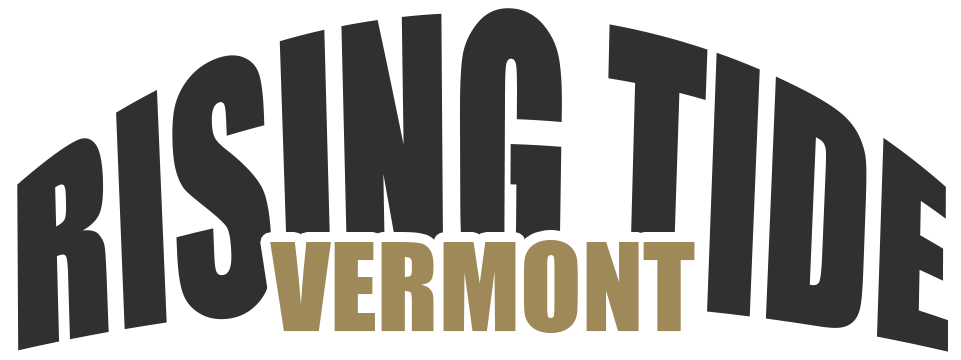- Establish the legal structure of your business to ensure that you comply with applicable laws and regulations.
- Create a marketing and sales strategy by focusing on your target customer and selecting the most effective marketing channels.
- Invest in systems to streamline operations such as customer service, inventory management, bookkeeping, and accounting.
- Make sure to provide resources for human resources and leadership development, such as seminars, mentorship programs, executive coaching, and incentives.
Setting up the infrastructure of your business can be a daunting task. There are many things to consider, from marketing and sales to operations and human resources. Fortunately, there are some essential ingredients that can help you get your business running smoothly. Here’s a look at these key elements and how they work together to create success.
Business Structure and Legalities
Before launching your business, it’s important to decide on your company’s legal structure. This will determine things like how you pay taxes, who owns and operates the business, and which laws apply to your operations.
Look for experienced lawyers to help you understand the different options available, such as forming a corporation, partnership, or limited liability company. This can save headaches down the road and ensure that your business operates legally and within the terms of applicable regulations.
You may also need to set up contracts with suppliers and customers or register special licenses depending on your business. Therefore, it pays to be familiar with the relevant legal requirements and regulations.

Marketing & Sales Strategies
The first step in creating your business’s infrastructure is to develop a marketing and sales strategy. Paying attention to these strategies upfront will ensure that all future decisions align with the goals of your business. Here are what your marketing and sales strategy should include:
Target Customer & Market
Your target customer should be the focus of your marketing and sales strategy. You need to identify who they are, where they live, their interests, and why they want to buy from you. Knowing this will help you tailor your message and create an effective advertising campaign tailored to them.
Competitive Landscape
It’s also important to understand who your competitors are and what their marketing strategies look like. Knowing the competitive landscape can help you develop a unique strategy that sets your business apart from the rest.
Marketing Channels
Once you have identified your target customer, it’s time to decide which marketing channels will most effectively reach them. This could include social media, email, search engine optimization (SEO), and more.
Operations & Systems
Once you have established a basic marketing and sales plan, it’s time to think about how to best manage day-to-day operations within your company. To do this effectively, it’s important to invest in systems that streamline processes, such as:
Customer Service
Your customer service strategy should include tools such as a CRM system, ticketing software, and automated responses. This will ensure that customers receive the best possible experience when interacting with your business.
Inventory Management
An inventory management system is essential for tracking inventory levels and keeping up with demand. Investing in an efficient system will save you time and help you keep track of what’s in stock.
Bookkeeping & Accounting
A bookkeeping system is essential for keeping track of financial records like invoices, payments, and expenses. It also helps to ensure that taxes are calculated accurately and on time.

Human Resources & Leadership Development
Finally, it’s important not to forget about the people working behind the scenes—the employees who make up your team. Investing in human resources is essential if you want your business to succeed long term.
This means establishing policies related to hiring practices, onboarding procedures, employee development opportunities, compensation plans, benefits packages, and more. For starters, you can create a corporate culture focused on collaboration, innovation, and teamwork.
Additionally, investing in leadership development ensures that decision-makers within your organization have the right skill set needed for success now and into the future. You can do this by providing training and resources that help leaders hone their skills, such as:
- leadership seminars
- mentorship programs
- executive coaching
If possible, you should also look for ways to reward team members who are consistently performing at a high level. This could come in the form of bonuses, paid time off, or other incentives.
Setting up the infrastructure of your business may seem overwhelming at first, but with some planning and thoughtfulness, it doesn’t have to be. Start by settling your business’ legal structure, developing a solid foundation through well-thought-out marketing and sales strategies, investing in appropriate systems for day-to-day operations, and finally dedicating resources towards human resources and leadership development. These are all essential ingredients for setting up any successful business venture.









